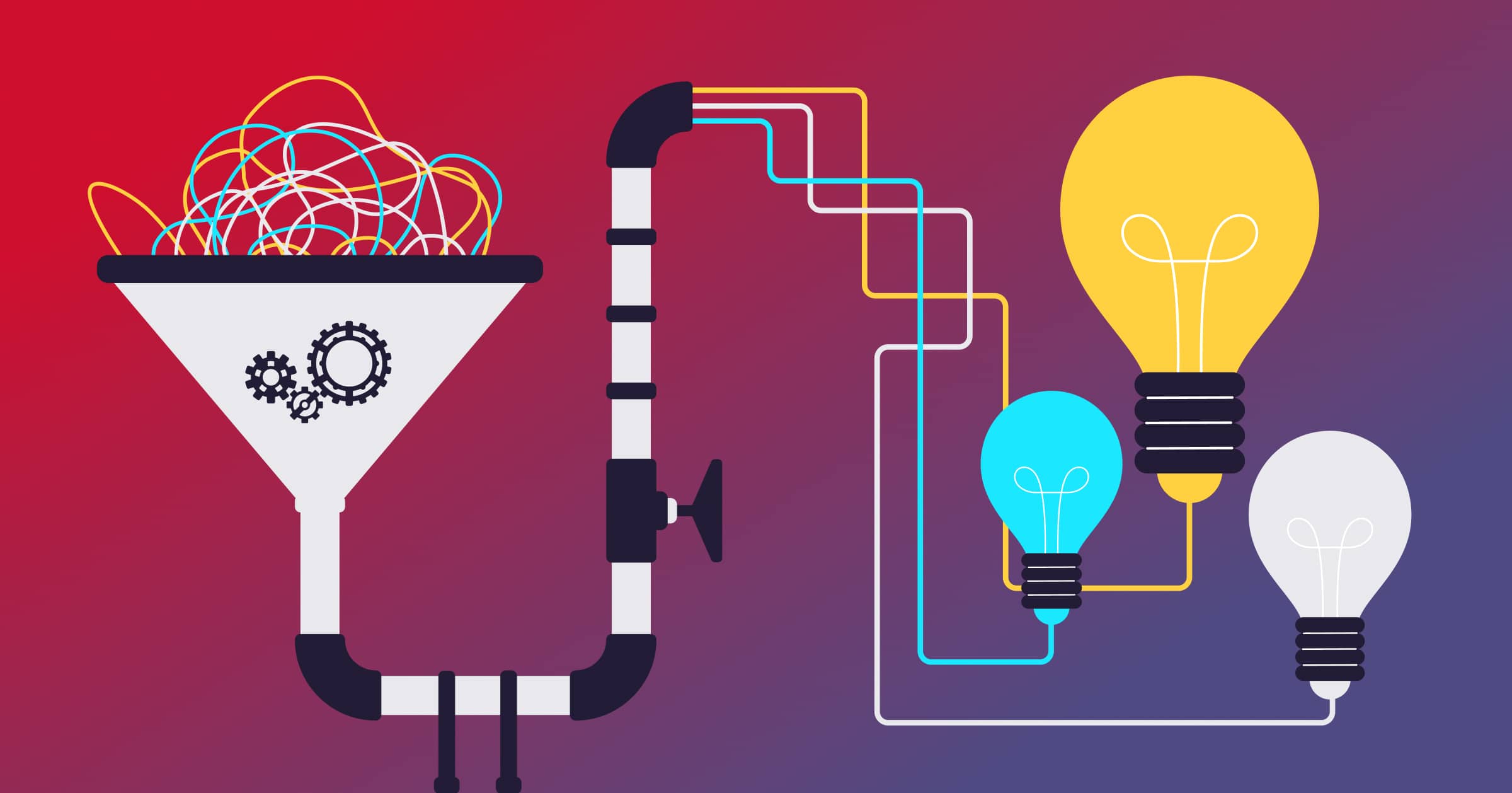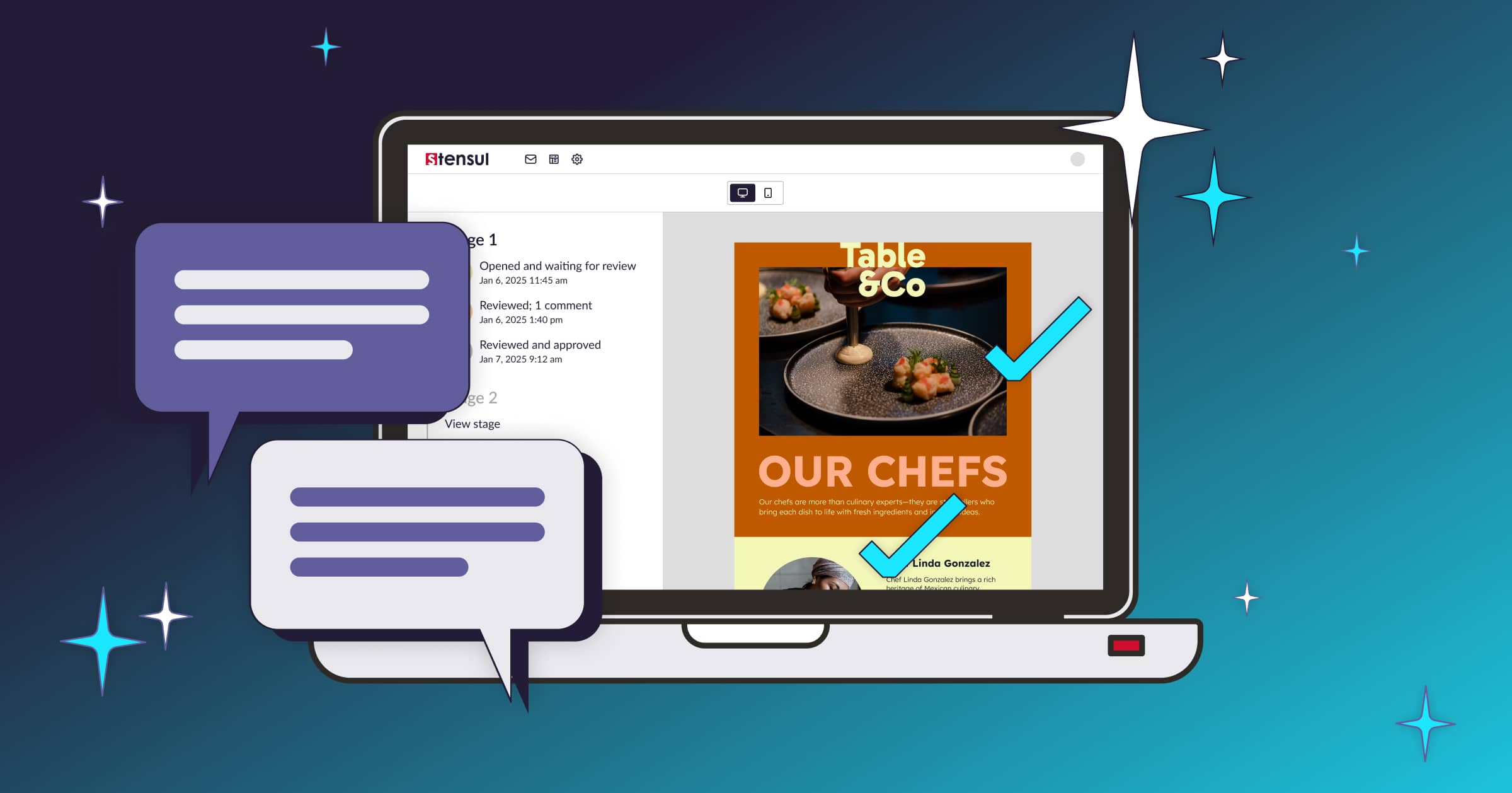It should be obvious: Develop a good plan, implement it properly, manage it carefully, and solid results will come. Far too frequently, however, that logic isn’t recognized until it’s too late.
That’s especially true with an email program—whether it’s a single email or a lengthy series. The absence of an email brief, as a plan is called for this form of communication, is the equivalent of GIGO, or garbage in, garbage out.
That phrase was coined by an instructor during a programming class given in the 1950s. He admonished his students for thinking the room-sized computer would provide correct answers with incorrect input. He added, “If you start wrong, you stay wrong.”
If you’re involved in a deadline-driven, strategically important email effort, wrong is the last place you want to be.
An email brief takes into account all the steps everyone involved in the project need to take. Plus, it states why to take those steps as well as what information is needed so no one makes a misstep. After working with hundreds of marketers who created thousands of emails over the last five years, Stensul has determined there are six keys to an effective email brief:
- Email structure
- Introduction and background
- Clear campaign objectives
- Content crafted for the target
- A timeline for all to follow
- A call to action (CTA)
Email structure
An email structure is an overview of the project. It can be as simple as a Google doc or make use of project management software like Asana or Jira to lay everything out. Employ one structure for the brief. In other words, have one brief that works for and relates to all project team members. Keep in mind that although the brief needs to work for them, it also needs to work for you. Ideally it ought to reflect your style—from how you communicate to how you manage processes and people.
Introduction and background
An email brief should begin by answering the most important question: What is the goal of this email effort? Let the team you’re working with know why you want them to create some terrific emails. Make it all crystal clear. To that end, provide background to give team members some needed context.
The more “into” the project you can make the team, the better. Doing so tends to help them stay focused on the job at hand.
Clear campaign objectives
Whatever your email marketing program is centered around, you need to spell out goals in your email brief. Those goals have to translate into clear, measurable objectives. When it comes to program measurement, there’s a warehouse full of frameworks. Use what works for you and your team.
Using a one-off method for measuring success makes it virtually impossible to compare the email initiative you want to create with others that preceded it, however. That situation helps no one, especially your team who, like most of us, want to see progress and comparative performance.
It’s also advisable to make sure the goals you establish fit within your company’s accepted measurement criteria.
Content crafted for the target
An effective email brief describes the intended targeted audience as fully as possible. Even if the audience was previously defined, don’t be complacent. Your objectives may be different from a prior effort. What’s more, the people in your target audience aren’t static—they change. So keep the brief totally up-to-date. Further, it frames what the content in the email needs to be and what style of copywriting and graphic design will resonate best with that group.
The brief should include descriptive information about the target audience. Demographics and, even psychographics can help your team design in ways that hit your target exactly where and how you want to. The more texture you can provide, the more likely the email will strike a chord with the subscriber.
When you’ve clearly identified the target audience, your ability to create spot-on marketing and communications strategies soars. It means your design and copywriting duos can zero in on the points of potential pleasure or pain.
A timeline for all to follow
Providing a clear project management timeline as a key part of your email brief can improve overall communication and keep your team members and shareholders in the loop. Such a timeline lets team members get involved and keep moving quickly.
A thorough and realistic timeline can alleviate a lot of stress and recenter a team’s focus. Remember—your email brief serves as a guide to help team members navigate through this process. You don’t want anybody to get lost.
To make the entire marketing campaign less overwhelming, breaking the timeline into segments can help keep team members motivated. You can use this approach to track and analyze a project’s progress at key milestones. Starting off your project with a timeline lets you make amendments periodically to stay on track.
This final section of your email brief should include a review of all managerial aspects of the email program. You can conclude your email brief by going over these major details again. It’s a great way to avoid misconceptions.
A call to action (CTA)
Creating an email without a CTA is a risk few can afford. And that’s why making sure to include a CTA is the sixth key to an effective email brief. Including a CTA helps to move the target along the customer journey and further down the sales funnel. It lets them know what it is you want them to do.
Including a CTA prompts subscribers to take action on whatever makes sense for the initiative. Just be sure to include the need for and desired type of CTA in your email brief. Surprisingly, it’s one of those things that is often overlooked.
To learn more about producing an effective email brief that yields an effective email program, download the stensul eBook, 6 keys to an effective email brief – How to write the guide to your next successful email marketing campaign.




